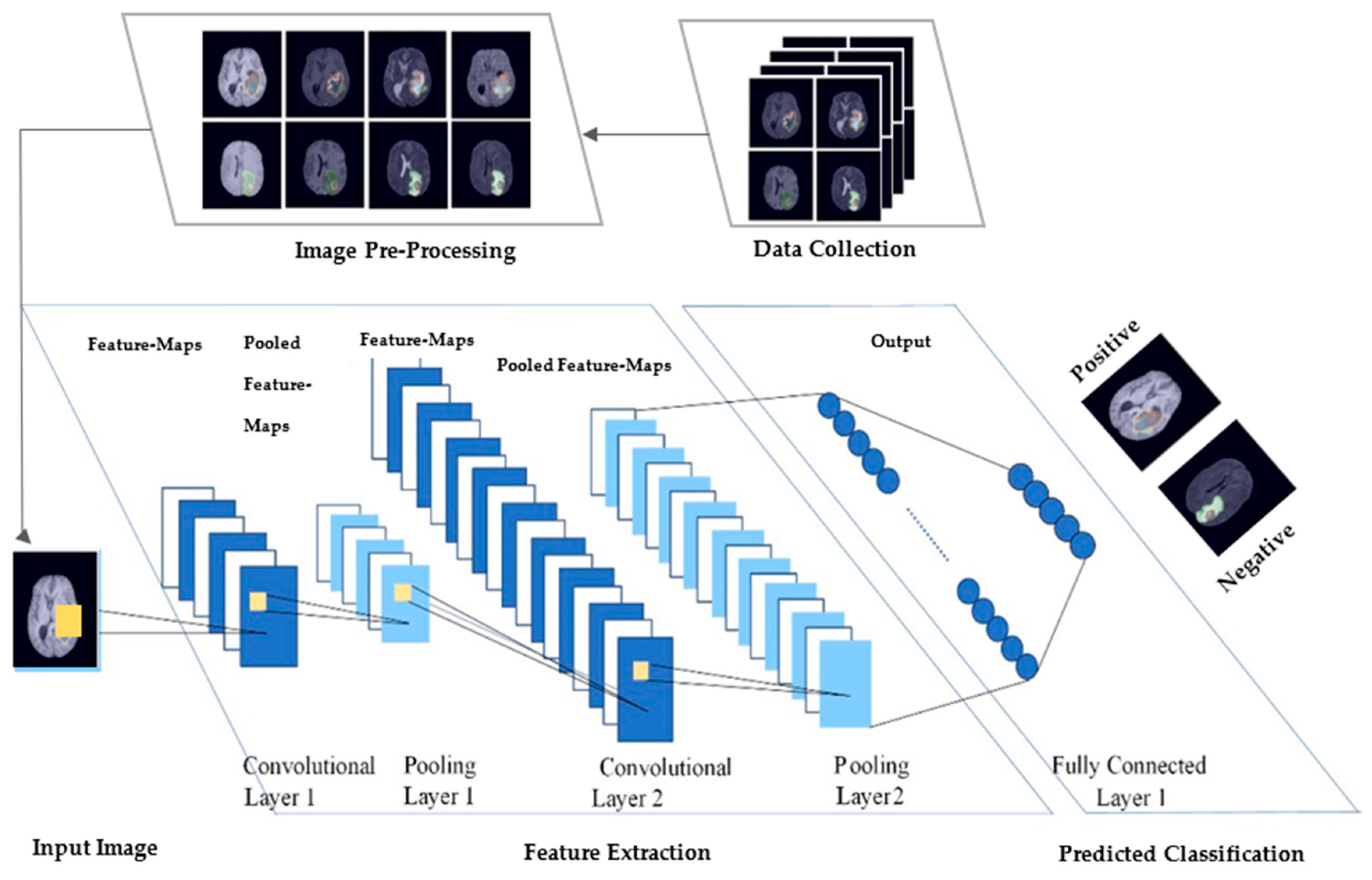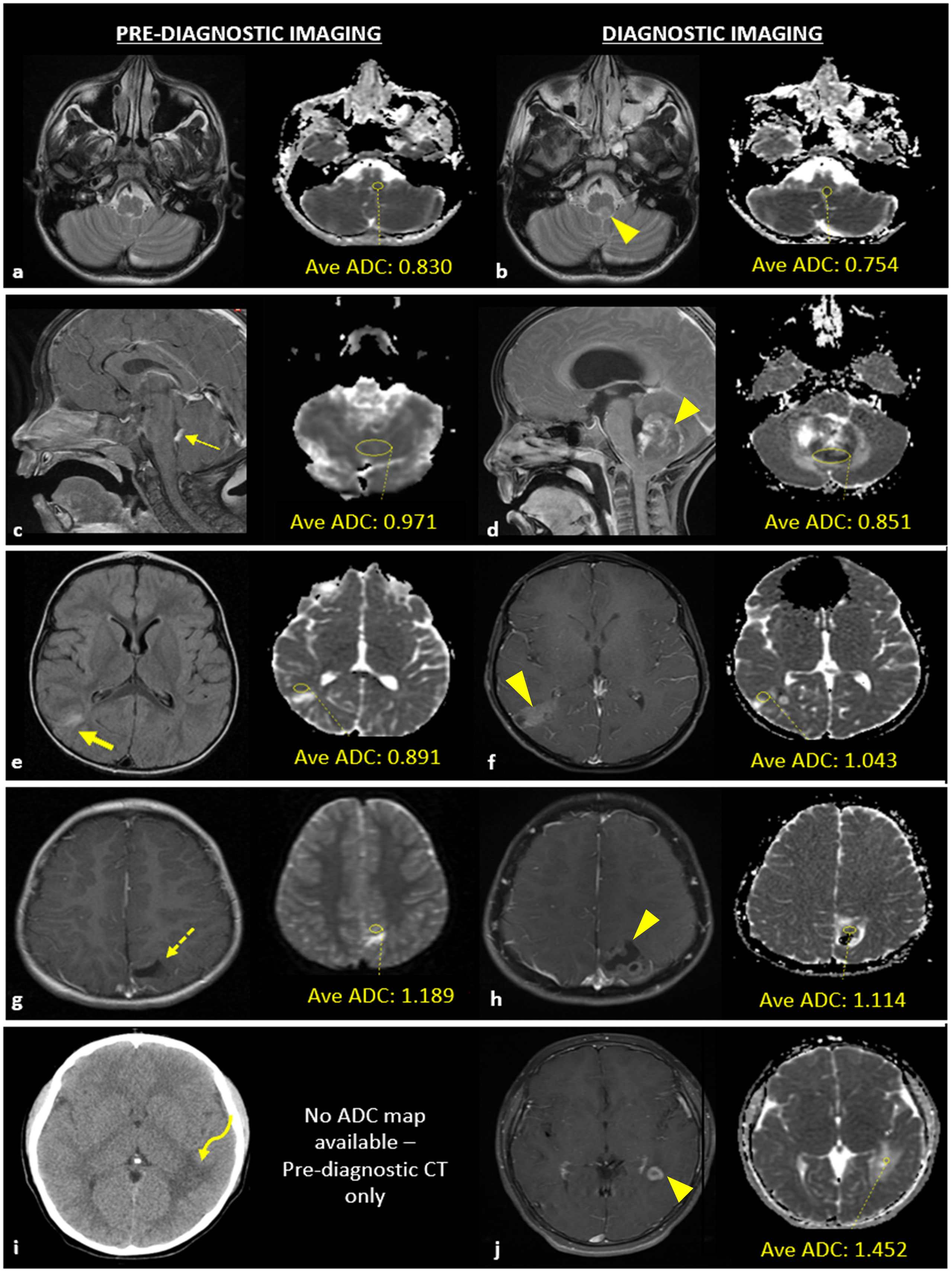
Liver cancer bile acid imbalance is emerging as a critical factor in the progression of liver diseases, particularly hepatocellular carcinoma (HCC), the most prevalent form of liver cancer. Recent research highlights how disruptions in bile acid homeostasis can trigger inflammation and fibrosis in the liver, creating an environment conducive to cancer development. The study unveiled a vital molecular switch involving the YAP protein and the FXR receptor, defining their roles in bile metabolism regulation. By understanding this biochemical imbalance, researchers are paving the way for innovative liver cancer treatment options that could target these pathways effectively. This breakthrough emphasizes the significance of bile acids in maintaining liver health and potential interventions for preventing liver cancer.
Disruptions in the balance of bile acids have been linked to critical liver disorders, which can lead to the development of tumors such as hepatocellular carcinoma. The intricate interplay between bile acids and liver function plays a pivotal role in metabolic regulation, highlighting the importance of understanding molecular mechanisms that govern this balance. By exploring the roles of signaling proteins like YAP and the FXR receptor, new therapeutic strategies are being devised to rectify bile acid imbalances. As the scientific community delves deeper into this subject, clear connections between bile acid dysregulation and liver malignancies reveal promising avenues for liver cancer therapies. This exploration not only furthers our knowledge of liver biology but also underscores the necessity of innovative treatments for those affected by liver cancer.
The Impact of Bile Acid Imbalance on Liver Health
Bile acids are crucial for digestion and metabolic regulation, but an imbalance can lead to significant liver diseases. A new study highlights how disrupted bile acid homeostasis is linked to the progression of hepatocellular carcinoma (HCC), the most prevalent form of liver cancer. This imbalance can cause bile acids to accumulate in the liver, resulting in a cascade of cellular injuries, inflammation, and eventually tumor formation. Targeting the pathways responsible for bile acid regulation may offer new therapeutic avenues for managing liver cancer and improving patient outcomes.
Research led by professor Yingzi Yang has identified YAP, a protein that paradoxically represses the function of FXR—a key bile acid sensor responsible for maintaining bile acid levels. This disruption not only promotes excessive bile acid production but also contributes to hepatocyte injury and HCC development. By understanding the molecular mechanisms underlying bile acid metabolism, we can develop strategies to restore balance and potentially prevent liver cancer.
YAP Protein and Its Role in Liver Cancer
The Hippo/YAP signaling pathway is crucial for regulating cell growth and proliferation, and its aberrations are increasingly linked to cancer progression, including liver cancer. In the context of liver diseases, YAP acts unexpectedly as a repressor of the Farnesoid X receptor (FXR), which is essential for the proper metabolism of bile acids. This repressive action leads to an overload of bile acids, fostering an environment conducive to inflammation and tumorigenesis in the liver. Investigating the dual role of YAP in liver cancer biology could unlock new treatment strategies targeting this pathway.
Interventions that attenuate YAP’s repressive effects on FXR are promising. Strategies to enhance FXR function or increase bile acid excretion could mitigate liver damage and inhibit oncogenic processes. Researchers are exploring pharmacological solutions to activate FXR, offering hope for improved liver cancer treatment modalities. As the understanding of YAP’s role deepens, it opens new pathways for harnessing this knowledge in clinical settings.
The Potential of FXR Activation in Liver Cancer Treatment
FXR activation has emerged as a pivotal therapeutic target in managing liver diseases, particularly liver cancer. Activated FXR helps restore bile acid homeostasis, thereby reducing hepatic inflammation and mitigating the risk of HCC development. In experimental models, enhancing FXR function has shown promising results in decreasing liver damage and slowing cancer progression. By stimulating FXR, we may harness its protective mechanisms to combat liver cancer effectively, transforming the landscape of treatment options.
Moreover, the significance of FXR extends beyond bile acid regulation; it is involved in lipid metabolism, glucose homeostasis, and overall hepatic function. The integration of FXR activation strategies in liver cancer treatments could provide multifaceted benefits, addressing not only cancerous growth but also improving overall liver health. Future research should focus on developing selective FXR agonists that could be incorporated into comprehensive therapeutic regimens for liver cancer patients.
Understanding Bile Acids’ Hormonal Functions
Beyond their role in digestion, bile acids have important hormone-like functions that regulate various metabolic processes. These include the modulation of glucose and lipid metabolism, reflecting their integral role in maintaining energy balance within the liver. Dysregulation of bile acids can lead to metabolic syndrome and other liver-related disorders, emphasizing the need to understand their hormonal impact. By studying these functions, researchers can uncover how imbalances contribute to conditions like hepatocellular carcinoma and develop interventions that target these pathways.
The interplay between bile acids and metabolic health illustrates the complex relationship between diet, liver function, and disease. Interventions that either promote bile acid synthesis or enhance their effects may prove essential in treating liver diseases and preventing liver cancer. As emerging research sheds light on the regulatory impacts of bile acids, we can better appreciate their significance in both physiological and pathological states.
Clinical Implications of Bile Acid Research
The findings from recent studies regarding bile acid imbalance underscore the need for clinical strategies aimed at restoring bile flow and metabolism. For patients at risk of developing liver cancer, understanding the role of bile acid regulation could inform preventive measures and personalized treatment plans. Clinicians must consider the molecular underpinnings of liver diseases, such as HCC, and integrate bile acid monitoring as part of routine liver function assessments.
Moreover, as research progresses, potential pharmacological interventions based on enhancing FXR activity or modifying bile acid signaling pathways may become significant components of liver cancer treatment protocols. The integration of such therapies could provide effective strategies to combat liver tumors while fostering overall liver health.
Future Directions in Liver Cancer Research
As research into the connection between bile acids and liver cancer continues to evolve, future studies will focus on identifying specific therapeutic compounds that may modulate bile acid levels effectively. Understanding the nuances of YAP and FXR interactions could open new avenues for targeted therapies aimed at preventing hepatocellular carcinoma and improving patient outcomes. The applicability of findings from laboratory studies to clinical settings will be critical in shaping future liver cancer interventions.
Additional investigations into the broader metabolic implications of bile acids on liver function are vital. Future research may explore the interplay between dietary components and bile acid synthesis, as well as the role of gut microbiota in influencing bile metabolism. Such holistic approaches will enhance our understanding of liver diseases and contribute to developing integrated treatment protocols for liver cancer.
The Role of Inflammation in Liver Cancer Progression
Chronic inflammation is a well-documented precursor to liver cancer, with bile acid imbalance playing a significant role in this process. The accumulation of toxic bile acids leads to persistent oxidative stress and inflammation, which are critical factors in the progression from liver injury to hepatocellular carcinoma. Understanding how bile acids contribute to inflammatory pathways can help identify therapeutic targets and strategies to mitigate cancer risk associated with liver diseases.
In combating inflammation, researchers are examining the potential of anti-inflammatory drugs alongside FXR agonists. The dual approach of addressing both bile acid metabolism and inflammatory responses could significantly alter the trajectory of liver diseases. Innovative treatment regimens targeting inflammation could lead to breakthroughs in preventing and treating liver cancer.
Bile Acid Metabolism: A Key for Preventing Liver Diseases
Efficient bile acid metabolism is essential for ensuring liver health and preventing diseases such as hepatocellular carcinoma. Disruptions to this metabolism can lead to the accumulation of potentially harmful bile acids, causing cellular damage and promoting carcinogenic processes within the liver. Understanding the pathways involved in bile acid metabolism is critical for developing interventions aimed at maintaining liver health and preventing the onset of liver cancer.
Promoting healthy bile acid cycling through dietary modifications, pharmacological agents, or lifestyle changes may offer effective strategies to mitigate liver disease risks. As ongoing research uncovers the mechanisms of bile acid regulation, implementing these findings in preventative strategies could significantly enhance public health initiatives aimed at reducing liver cancer incidence.
Advancements in Liver Cancer Diagnostics
As our understanding of bile acid metabolism grows, so does the potential for developing advanced diagnostic tools for liver cancer. Biomarkers linked to bile acid dysregulation may provide valuable insights into early liver disease detection and cancer prognosis. By integrating advanced biochemistry with patient data, clinicians could enhance the accuracy of liver cancer screenings and stratify patient risks more effectively.
Leveraging these insights into bile acid metabolites could also pave the way for innovative noninvasive diagnostic techniques. As research progresses, the focus on biomarkers arising from bile acid imbalances may contribute significantly to personalized medicine approaches for liver cancer management.
Frequently Asked Questions
What is the relationship between liver cancer and bile acid imbalance?
Bile acid imbalance has been linked to liver cancer, particularly hepatocellular carcinoma (HCC). An overproduction of bile acids due to the disruption of bile acid homeostasis can lead to liver injury and inflammation, which are precursors to liver cancer. Research indicates that targeting this imbalance may offer new treatment options for liver cancer.
How do bile acids contribute to the development of liver diseases like hepatocellular carcinoma?
Bile acids play a crucial role in digestion and metabolism, but when their levels are imbalanced, it can trigger liver diseases, including hepatocellular carcinoma. Mechanisms like the dysregulation of the FXR receptor by proteins such as YAP can exacerbate bile acid imbalances, leading to inflammation and cancer.
What role does the YAP protein play in bile acid metabolism and liver cancer?
The YAP protein is involved in regulating bile acid metabolism. It acts as a repressor that interferes with the FXR receptor, which is essential for maintaining bile acid balance. This interference results in excessive bile acid production, contributing to liver inflammation and the progression of liver cancer.
Can liver cancer treatment be improved by addressing bile acid imbalances?
Yes, addressing bile acid imbalances presents a promising avenue for liver cancer treatment. By enhancing FXR function or improving bile acid excretion, researchers can potentially mitigate liver damage and slow cancer progression, thereby opening new therapeutic options.
What is the significance of FXR in regulating bile acid homeostasis and its link to liver cancer?
FXR, or Farnesoid X receptor, is a nuclear receptor crucial for maintaining bile acid homeostasis. When FXR is dysfunctional, often due to YAP’s repressive actions, it leads to an imbalance in bile acids. This imbalance is directly linked to liver diseases, including liver cancer, as it promotes inflammation and fibrosis.
How is the Hippo/YAP pathway connected to liver cancer and bile acid metabolism?
The Hippo/YAP pathway is crucial for regulating cell growth and organ size. In the context of liver cancer, YAP can disrupt bile acid metabolism by inhibiting FXR function. This disruption leads to bile acid imbalance, contributing to liver inflammation and the eventual development of hepatocellular carcinoma.
What potential therapies are being explored to correct bile acid imbalances in liver cancer patients?
Potential therapies include pharmacological agents that stimulate FXR or block YAP’s repressive function. Additionally, enhancing the activity of bile acid export proteins may help mitigate the effects of bile acid imbalance, offering new strategies for liver cancer treatment.
| Key Point | Description |
|---|---|
| Bile acid production and liver function | The liver produces bile to help digest fats and has hormone-like functions managing metabolic processes. |
| Link between bile imbalance and liver cancer | Imbalances in bile acids can lead to liver injury and diseases such as hepatocellular carcinoma (HCC), the most common form of liver cancer. |
| YAP protein’s role in bile acid metabolism | The study found that the YAP protein, instead of promoting growth, represses FXR, which is critical for bile acid balance. |
| Potential treatment strategies | Targeting FXR and enhancing bile acid excretion may halt the progression of liver damage and cancer. |
| Research implications | Further research on YAP’s influence on metabolic control could lead to pharmacological solutions for liver cancer. |
Summary
Liver cancer bile acid imbalance is a crucial issue in understanding liver diseases, as highlighted by recent research identifying a key molecular switch affecting bile acid metabolism. This imbalance is linked to serious conditions like hepatocellular carcinoma (HCC) and offers insights into possible treatment options. By focusing on the roles of bile acids and the YAP protein, new avenues for intervention are emerging, potentially reducing the risk and progression of liver cancer.




